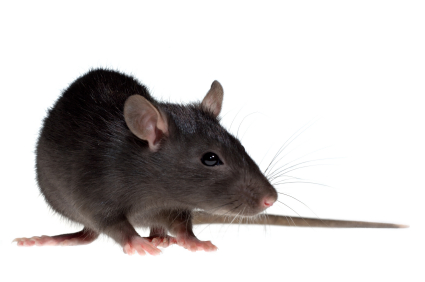
How Do Roof Rats Get Into Wall Voids?
Roof rats are not as widespread as Norway rats and, therefore, not as well-known. The peculiar pests are prevalent in Florida because they prefer warm climates and often feed on and live in fruit trees. They’re also extremely agile climbers and are generally found nesting high off the ground.
People regularly spot the pests building nests on roofs and in ivy clinging to the sides of buildings. The animals also won’t hesitate to move indoors if the opportunity arises.
Walls are a favorite nesting spot for roof rats. But how in the world do they get in? Sometimes they can slip in cracks, but they can also create their own entry points as well. You’d be surprised by the strength of their jaws and teeth.
Because of their constant gnawing and powerful bites, rats can chew through almost anything: wood, drywall, brick, concrete, aluminum, sheetrock, and more. When motivated, a rat can almost certainly make its way into your home using its powerful jaws.
As rodents, rats have teeth which are constantly growing. In fact, rat teeth grow about 1.4 mm per day. This means that they must constantly gnaw on materials to grind their teeth down, to prevent them from growing into their skulls. This makes almost any hard material in your house fair game as a rat-chewing object.
Not only are rats incessant gnawers and biters, they are extremely powerful for their small size. Though exact figures are hard to pin down, rats have an incredibly high bite pressure considering their size. Most people measure that rat bites exert more force per square inch than alligators and sharks.
Problems Caused by Roof Rats in Walls
Roof rats, like most rodents, are dirty and carry diseases. In fact, the pests are notorious for spreading the plague. Additionally, roof rats in the walls will make scratching and squeaking noises as they scuttle around. Since they’re primarily active at night, this behavior often disturbs sleeping residents.
Furthermore, roof rats searching for food and water may travel through wall voids into kitchens. Between their greasy fur and frequent urination, the pests contaminate large amounts of stored goods in no time at all.
Getting Rid of Roof Rats
One of the best ways to avoid problems with roof rats in walls is to patch up roof shingles. Replacing damaged vents and capping chimneys will also limit their ability to enter homes. When roof rats infest the walls or house, homeowners should contact the pest professionals at Critter Control for roof rat removal.
